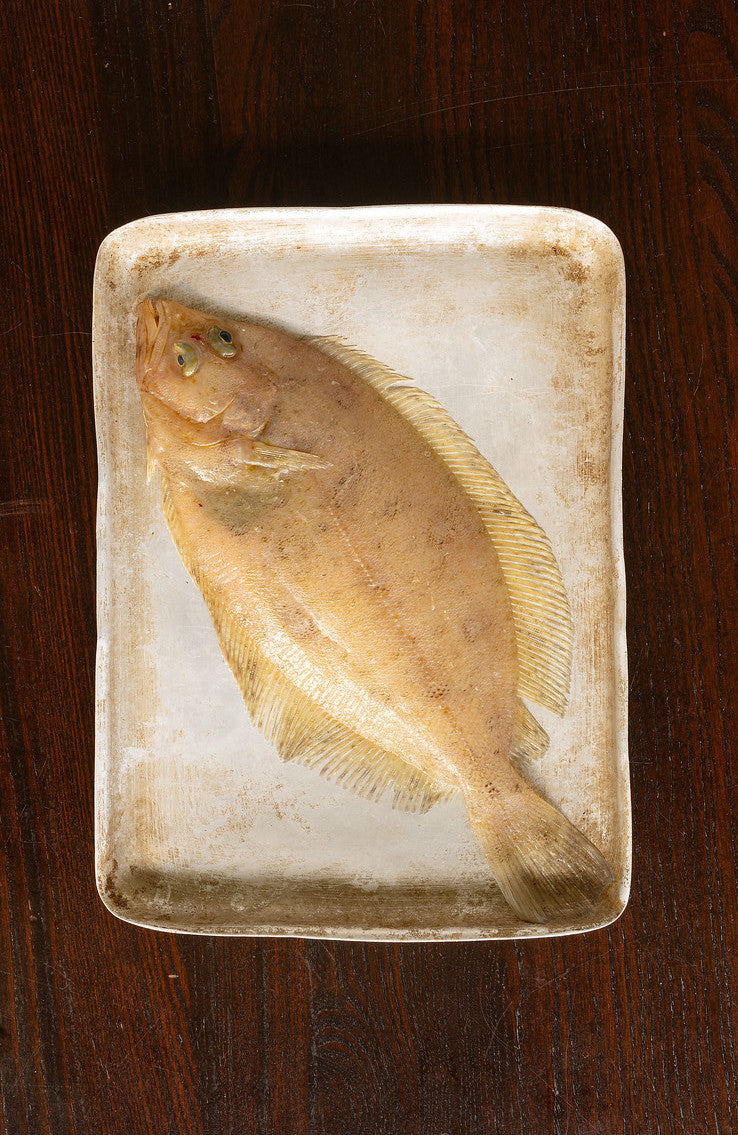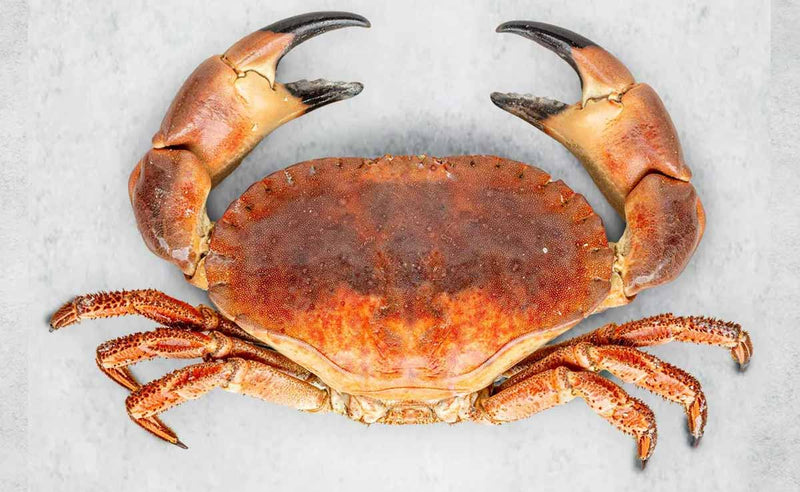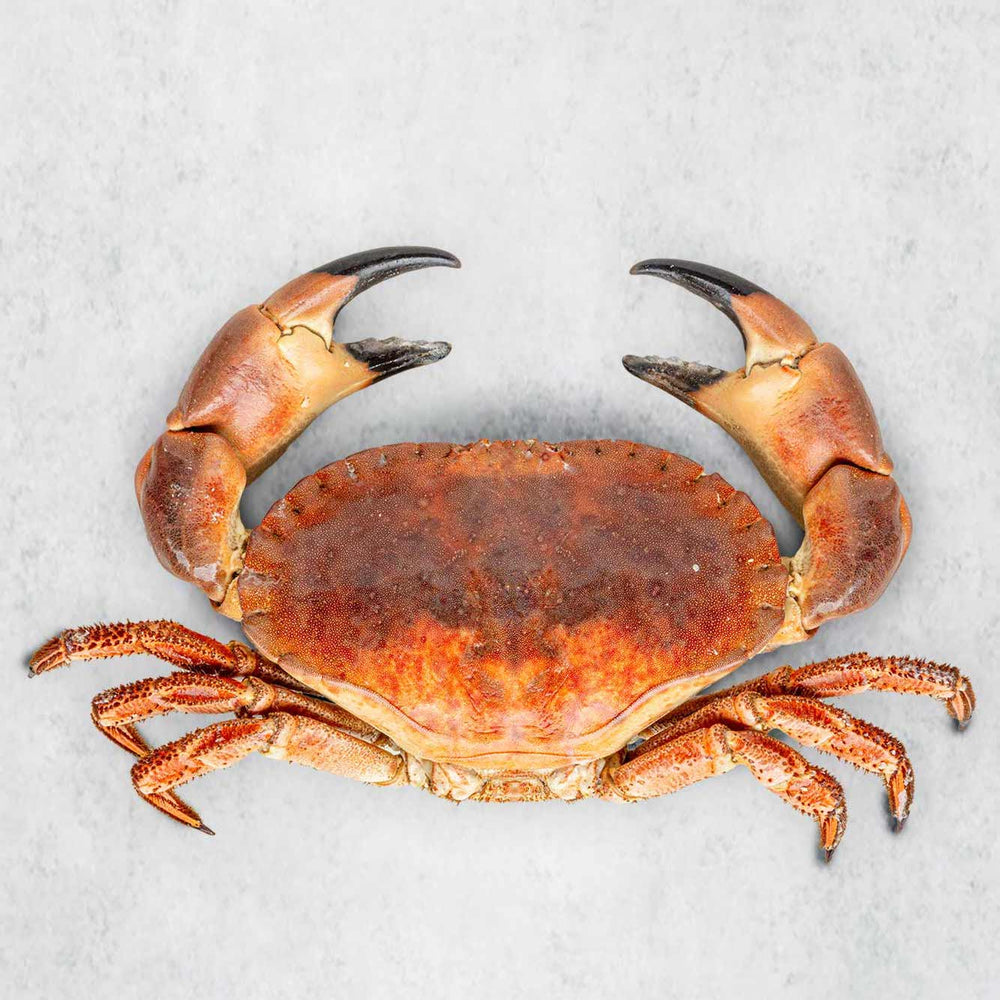Megrim: The tastiest fish you’ve never even heard of!
Quick read (under five minutes)
Of all the unloved, under-appreciated, un-respected fish there are swimming around the British Isles, few are deserving of a little more praise than the megrim.
When was the last time you sat at a pub or seaside restaurant and tucked into a steaming, hot plate of megrim? You didn’t, did you?
Despite its meaty, succulent, flavourful flesh, despite its abundance, its unquestionable sustainability credits, despite its comparatively cheap price tag, the poor megrim is shunned by chefs and consumers across the country.
But why?
A megrim is a flatfish. More specifically it’s a left-eyed flatfish, putting it in the same genetic specification as a turbot or brill. However, to eat it’s more akin to a meatier Dover or larger Lemon sole.
Sounds good right?
In Spain, they can’t get enough of it. They call it ‘gallo’, which is a little confusing given that it’s also the name they use for John Dory. But to the Spanish, it doesn’t matter, a megrim is delicious no matter what it’s called.
As a result, 95% of all the megrim landed here in Britain end up on plates in Spain. Which is heartbreaking.
There are a number of theories as to why the lowly megrim has never reached the dizzying gastronomic fame showered upon other flatfish, like Dover sole or even plaice. Appearance being quite high on the roster of reasons.
A megrim is not a sexy fish.
When presented on a fishmonger’s slab they develop a pale, insipid colour which fails to entice, when compared with the nutty brown of a Dover or the deep orange, leopard print spots of a plaice.
Their greyish pallor is not helped by their wonky bulging eyes. A megrim, like all flatfish, starts life shaped like a normal finned fish, with eyes on either side of its head. Then one day, during early adolescence, they undergo a remarkable metamorphosis whereby their right eye migrates across their forehead and lodges itself slightly clumsily behind the left eye, forcing the fish to start swimming on its side.
The result is not pretty. But at the end of the day, no one is asking you to snog this poor unloved fish, just to eat it.
In the late 90s, there was admittedly a bit of a move amongst British chefs to make megrim ‘cool’. It had a bit of a rebrand and became ‘megrim sole’ rather than simply megrim, which helped in the short term give the fish a touch of sophistication.
Since Brexit, renewed energies have been put into re-branding this flatfish, with many retailers now referring to it instead as ‘Cornish Sole’.
How about eating Cornish Sole?
Does that make you hungrier?
The science says yes... Three years ago, YouGov conducted a study asking Britons how likely they would be to eat different seafoods, showing half of the respondents “Cornish Sole”, and the other half “Megrim Sole”. The results showed that something as simple as a name change does make the seafood more palatable to us Brits.
Overall, 73% of Britons who eat seafood said they would be likely to eat Cornish Sole if offered, compared to only 49% who said they would eat megrim.
The Gok Wan driving this megrim makeover is the trade body, the Cornish Fish Producers Organisation (CFPO). “Megrim comes with this negative connotation”, says Paul Trebilcock of the CFPO, “it’s very grim sounding”, and that’s from a man who should know a thing or two about tricky names.
It's not the first time a fish has gone through a rebrand to try and entice British consumers. Remember pilchards? Disgusting horrible things your grandmother ate during the war. Well, they’re just sardines by a different name. They too were rebranded to move away from the Anderson shelter connotation to images instead of sun-kissed holidays on the Mediterranean.
In fact, a series of fish rebranding campaigns have succeeded in boosting sales in countries across the world in recent years. For example, the Patagonian toothfish became the far more popular Chilean seabass in the US and Canada, while the truly disgusting sounding “slimehead” was charmingly renamed the orange roughy.
Certainly, in Cornwall, the term Cornish Sole has caught on to great success. And the trend is spreading slowly along the coast. Here in Brixham the fish witch, another unappealing sounding flatfish, that is virtually identical to a megrim, besides the fact it’s right-eyed and uglier even still, has been renamed the “Torbay sole”. Which is very glam.
Amongst Brixham fishermen, however, the megrim will always remain the same. Not a megrim, not a Cornish sole, but a whiff – which is about as hunger-inducing as Brixham crabber's pot bait.
Whatever you want to call it is up to you. A megrim, a Cornish sole, even a whiff, they’re a glorious eating fish and one we consider a true Rockfish success story. When we say in our restaurants and on our Online Seafood Market that we’re “changing the way we experience seafood in this country”, megrim is what we’re talking about.
Every time we bring one out of the kitchen, they steal the limelight. Big hunks of juicy flesh on both sides of the bone, a megrim is a plate filler regularly available on our daily landings menu, caught fresh, and on our Online Seafood Market. Give it try!



